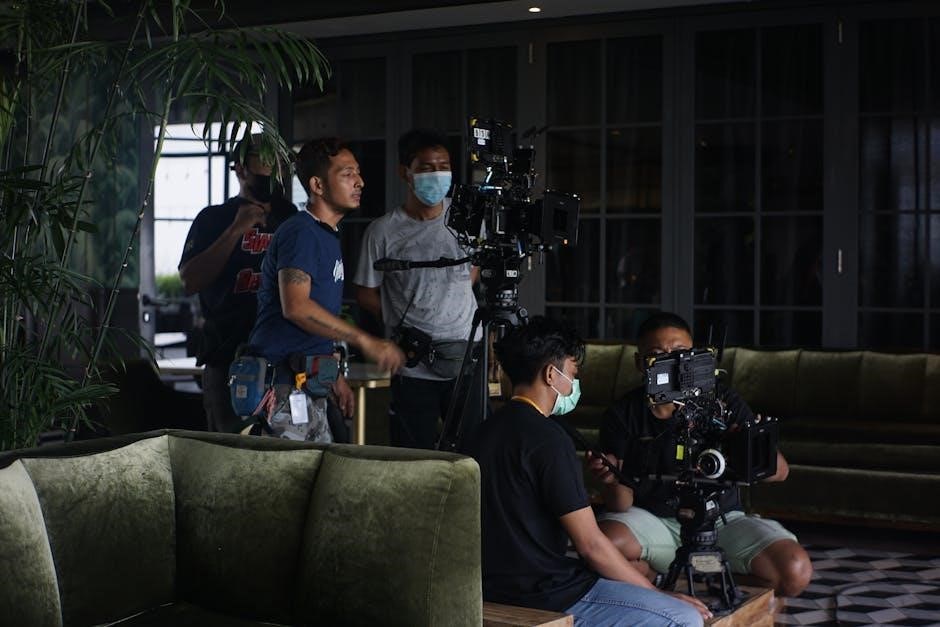directing actors by judith weston pdf
Judith Weston is a renowned expert in actor-director collaboration, known for her book Directing Actors, which offers insights into enhancing performance through trust and subtext.
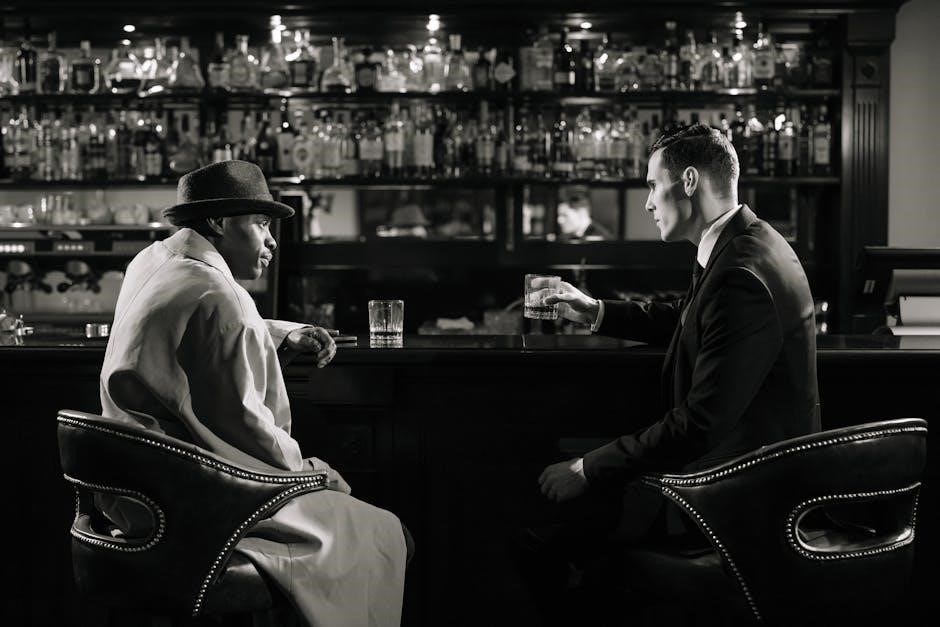
Who is Judith Weston?
Judith Weston is a highly respected directing coach and author, renowned for her expertise in actor-director collaboration. Her work focuses on enhancing the dynamic between directors and actors, emphasizing trust, subtext, and emotional depth. Weston’s approach is deeply rooted in understanding the actor’s perspective, which she explores in her seminal book, Directing Actors. This guide has become a cornerstone for filmmakers and theater directors seeking to improve their communication and collaboration skills. Weston’s teachings highlight the importance of rehearsals, active listening, and creating a supportive environment for actors to thrive. Her methods have been widely adopted, making her a pivotal figure in modern filmmaking and theater practices. Weston’s insights continue to inspire directors and actors worldwide, fostering more meaningful and effective collaborations.
Her Contributions to Actor-Director Dynamics
Judith Weston has profoundly influenced the actor-director relationship by emphasizing the importance of trust, collaboration, and understanding. Her work challenges directors to move beyond surface-level communication, encouraging them to explore the emotional and psychological depths of a character. Weston advocates for a director’s role in creating a safe, supportive environment where actors feel empowered to take risks and deliver authentic performances.
Her teachings underscore the significance of subtext, often referred to as the “unspoken” emotions and motivations that drive a character’s actions. By focusing on these underlying dynamics, Weston helps directors elicit nuanced and compelling performances. Her approach has redefined how many filmmakers and theater directors engage with actors, fostering a more intuitive and empathetic collaboration. Weston’s contributions have left a lasting impact on the art of directing, making her a cornerstone in the evolution of actor-director dynamics.
The Significance of Her Work in Modern Filmmaking
Judith Weston’s work holds profound significance in contemporary filmmaking by bridging the gap between directors and actors. Her principles, outlined in Directing Actors, emphasize collaboration, trust, and the exploration of subtext, which are essential for crafting compelling performances. Weston’s approach encourages directors to understand the actor’s perspective, fostering a deeper connection that enhances storytelling. Her methods have become a cornerstone in film education, influencing both emerging and established directors. By focusing on the emotional and psychological layers of characters, Weston’s teachings enable filmmakers to create more authentic and engaging narratives. Her work continues to shape the industry, ensuring that the actor-director dynamic remains a vital component of successful filmmaking.
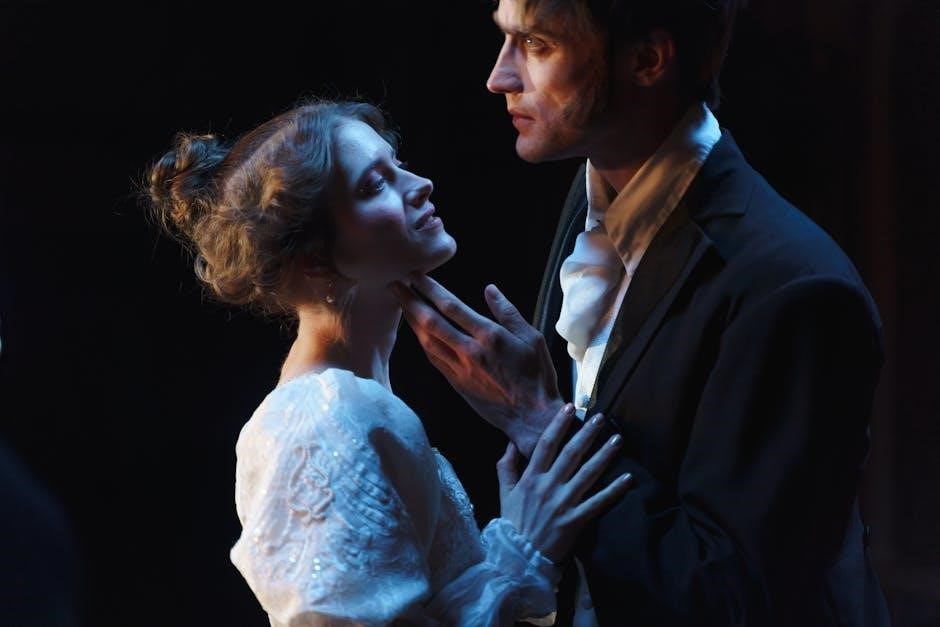
Key Concepts in “Directing Actors by Judith Weston”
Judith Weston’s approach emphasizes subtext, understanding the actor’s perspective, building trust, and leveraging rehearsals to enhance storytelling and foster authentic director-actor collaboration.
The Importance of Subtext in Acting
Judith Weston underscores that subtext is the unspoken emotion or motivation behind a character’s words, adding depth and authenticity to performances. It transforms dialogue from mere recitation to meaningful expression, revealing underlying desires and fears. By exploring subtext, actors connect deeply with their roles, making portrayals believable and engaging. Directors play a crucial role in guiding actors to discover subtext through thoughtful questioning and analysis, ensuring scenes resonate with audiences on multiple levels. This approach enhances storytelling by uncovering layers not explicitly written, allowing for unique interpretations and enriching the overall narrative experience.
Understanding the Actor’s Perspective
Judith Weston emphasizes the importance of directors understanding the actor’s perspective to foster collaboration and authenticity. Actors bring their experiences, emotions, and interpretations to roles, and directors must acknowledge this to guide them effectively. By seeing through the actor’s lens, directors can help them connect deeply with the character’s motivations and emotions. Weston advocates for empathy and open communication, allowing actors to feel safe expressing their insights and vulnerabilities. This understanding ensures that directors can align their vision with the actor’s interpretation, creating performances that resonate with truth and nuance. Recognizing the actor’s perspective not only enhances the director’s ability to guide but also empowers actors to deliver authentic, compelling portrayals that enrich the storytelling process. This mutual understanding is foundational to Weston’s approach, ensuring a harmonious and productive creative relationship.
Building Trust Between Director and Actor
Building trust between director and actor is a cornerstone of Judith Weston’s approach, as it fosters a collaborative and creative environment. Directors must create a safe space where actors feel comfortable taking risks and expressing vulnerability. This trust is cultivated through open communication, active listening, and empathy. Weston emphasizes that directors should understand the actor’s process and acknowledge their unique perspective. By fostering a relationship built on mutual respect, directors can empower actors to explore deeper emotional layers in their performances. Trust also involves being transparent about the director’s vision while allowing actors the freedom to interpret and contribute meaningfully. When trust is established, the collaboration becomes more dynamic, leading to authentic and compelling performances that align with the director’s intent. This foundation of trust is essential for unlocking the full potential of the actor-director partnership.
The Role of Rehearsals in the Directing Process
Rehearsals play a pivotal role in Judith Weston’s approach to directing, serving as a space for exploration and collaboration. They allow directors and actors to delve deeply into the script, align their visions, and build trust. Weston stresses that rehearsals are not just about perfecting lines but about understanding the subtext and emotional underpinnings of scenes. This process enables actors to connect with their characters on a deeper level and directors to refine their storytelling. By fostering a safe environment for experimentation, rehearsals help uncover the nuances of performance and ensure that the final product resonates authentically with the audience. Effective use of rehearsal time is crucial for achieving a cohesive and impactful film or theatrical production, as it lays the foundation for meaningful actor-director collaboration and artistic growth. Judith Weston’s insights highlight the transformative power of well-utilized rehearsals in the creative process.
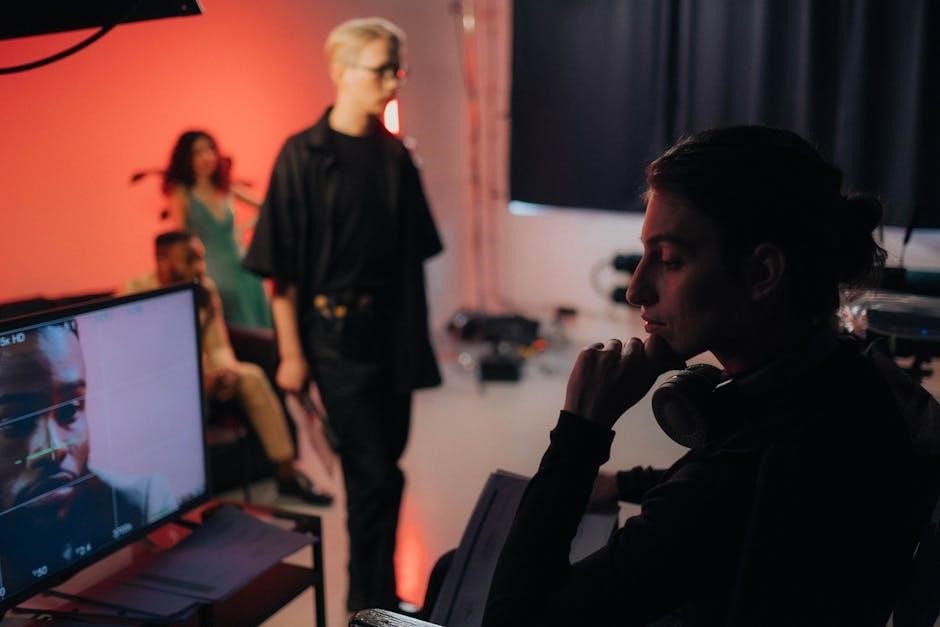
Practical Advice for Directors Working with Actors
Judith Weston emphasizes fostering trust, encouraging actors to take risks, and communicating clearly. Directors should listen actively, provide constructive feedback, and create a supportive environment for authentic performances.
Communicating Effectively with Actors
Effective communication is the cornerstone of successful actor-director collaboration. Judith Weston stresses the importance of clarity, empathy, and specificity when guiding actors. Directors should avoid vague instructions and instead offer precise, actionable feedback that resonates with the actor’s process. Active listening is crucial, as it fosters trust and allows actors to feel heard. Weston also advocates for creating a safe, non-judgmental space where actors can explore and take risks. By focusing on the actor’s emotional and psychological journey, directors can help them connect deeply with the material. Clear communication ensures alignment of vision and enables actors to deliver authentic, compelling performances. This approach not only strengthens collaboration but also elevates the overall quality of the work, making the director an invaluable partner in the creative process.
How to Give Constructive Feedback
Constructive feedback is essential for guiding actors toward compelling performances. Judith Weston emphasizes the importance of being specific and clear when offering notes. Instead of vague criticism, directors should focus on observable behavior and suggest actionable adjustments. For example, rather than saying “be more emotional,” a director might say, ” Explore the underlying fear in this moment to deepen the emotion.” Balancing positive reinforcement with constructive criticism helps maintain the actor’s confidence while encouraging growth. Weston also stresses the value of framing feedback in a way that respects the actor’s process, fostering a collaborative environment. By doing so, directors empower actors to take risks and refine their performances effectively, leading to more authentic and engaging portrayals on screen.
Creating a Supportive Environment for Actors
Fostering a supportive environment is crucial for actors to thrive, as Judith Weston highlights in her work. Directors should prioritize open communication, ensuring actors feel safe to express ideas and take risks. Establishing trust involves active listening and acknowledging the actor’s perspective. Weston advises against creating a hierarchical atmosphere, instead encouraging collaboration where actors feel valued as creative partners. Providing clear guidance while allowing space for exploration helps actors navigate their roles confidently. A supportive environment also involves managing stress and maintaining a positive tone during rehearsals and filming. By nurturing respect and empathy, directors can unlock the full potential of their cast, leading to authentic and memorable performances. This approach not only enhances the quality of the work but also strengthens the actor-director relationship, fostering a productive and enriching creative process for all involved.
Common Mistakes Directors Make When Working with Actors
Directors often overlook the importance of understanding the actor’s process, as highlighted by Judith Weston. One common mistake is failing to provide clear, actionable direction, leaving actors confused. Directors may also neglect the value of subtext, focusing solely on dialogue rather than underlying emotions. Another error is not fostering a collaborative environment, making actors feel undervalued. Some directors underestimate the need for trust-building, which can hinder an actor’s willingness to take risks. Additionally, they may avoid constructive feedback, fearing it might dampen the actor’s morale. Lastly, rushing through rehearsals without allowing actors to explore their roles deeply can lead to shallow performances. These mistakes can stifle creativity and hinder the actor-director dynamic, emphasizing the need for a more empathetic and informed approach in the directing process.

The Actor-Director Collaboration Process
Judith Weston emphasizes building trust and fostering open communication between directors and actors. Active listening and understanding the actor’s perspective create a strong foundation for effective collaboration.
Preparation Before the First Rehearsal
Judith Weston stresses the importance of thorough preparation by directors before the first rehearsal. This includes deep script analysis, understanding character motivations, and envisioning the overall tone. Directors should research the actors’ strengths and past work to tailor their approach. Building trust early is crucial, so directors must be clear about their expectations and open to collaboration. Weston advises directors to prepare specific questions for actors to stimulate their thinking about the roles. She also emphasizes the need to create a safe, respectful environment from the start. Practical steps like organizing rehearsal materials and planning icebreaker activities can foster camaraderie. By being well-prepared, directors set the stage for productive rehearsals and meaningful actor-director collaboration.
Active Listening and Observation
Judith Weston highlights active listening and observation as vital skills for directors when working with actors. By attentively listening to an actor’s interpretation, a director can uncover deeper layers of the character. Observation allows the director to notice subtle physical and emotional cues, which can inform adjustments in performance. Weston encourages directors to ask open-ended questions that prompt actors to explore their characters’ subtext. This process fosters a collaborative environment where actors feel heard and valued. Effective listening and observation not only enhance the director’s understanding but also empower actors to take creative risks. By being fully present and engaged, directors can guide performances more effectively, leading to richer, more authentic portrayals on screen.

Encouraging Actors to Take Risks
Judith Weston emphasizes the importance of creating an environment where actors feel safe to take risks, a cornerstone of her approach. By fostering trust and collaboration, directors can encourage actors to explore unconventional choices. Weston suggests that directors should avoid imposing rigid instructions, instead offering open-ended feedback that allows actors to interpret and express emotions freely. This approach not only enhances creativity but also deepens the authenticity of performances. Encouraging risks enables actors to push boundaries and discover new dimensions of their characters, leading to more compelling and memorable portrayals. Weston’s method highlights the value of empowering actors to experiment, as this process often yields breakthroughs in their work.
Aligning Vision Between Director and Actor
Aligning vision between director and actor is crucial for creating cohesive performances. Judith Weston emphasizes the importance of open communication and mutual understanding. Directors should actively listen to actors’ interpretations and share their own insights, fostering a collaborative environment. Weston suggests that aligning vision involves respecting the actor’s perspective while guiding them toward the director’s intent. This process ensures that both parties are working toward the same artistic goals. By fostering trust and encouraging open dialogue, directors can help actors connect with the material deeply, leading to more truthful and compelling performances. This alignment not only enhances the actor’s work but also strengthens the overall narrative of the film or play, creating a unified artistic vision.
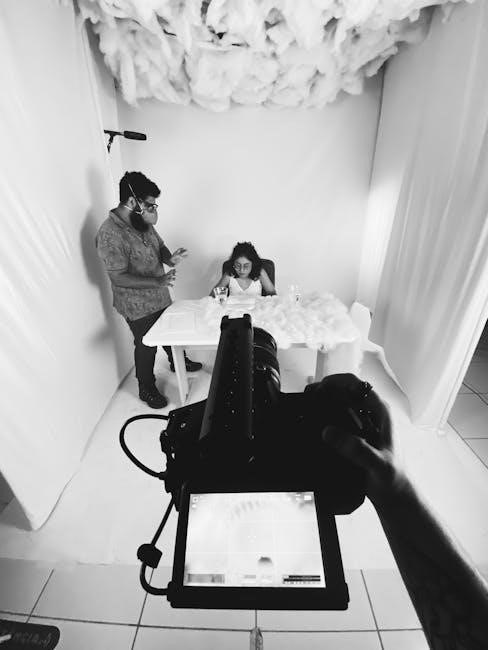
Resources and Further Learning
Judith Weston’s PDF materials are widely available online, offering insights into actor-director dynamics. Workshops, classes, and online forums provide practical training and community support for deeper understanding.
Where to Find Judith Weston’s PDF Materials
Judith Weston’s PDF materials, including her acclaimed book Directing Actors, can be found on various online platforms. Websites like www.craftfilmschool.com and educational forums offer free downloads or viewing options. Additionally, her work is available on platforms like app.pulsar.uba.ar, where users can access uploaded files related to her teachings. Many of these resources are shared in PDF format, making them easily accessible for directors and actors seeking to deepen their understanding of actor-director collaboration. These materials often include practical tips, case studies, and insights into her approach, providing invaluable tools for both aspiring and experienced filmmakers. By exploring these resources, individuals can gain a comprehensive understanding of Weston’s methods and their application in real-world scenarios.
Recommended Workshops and Classes
Judith Weston’s teachings are widely offered in various workshops and classes designed for directors and actors. Her Master Class: Directing Actors is highly recommended, providing hands-on training in her methodologies. Additionally, many film schools and online platforms offer courses inspired by her book Directing Actors, focusing on enhancing actor-director collaboration. These workshops often include practical exercises, scene studies, and collaborative techniques to foster trust and creativity. Participants learn how to effectively communicate with actors, understand subtext, and create supportive environments for performances. Online forums and communities also suggest local acting and directing groups where Weston’s techniques can be practiced. Engaging in these workshops equips aspiring directors with the tools to bring out the best in actors, aligning with Weston’s emphasis on meaningful collaboration and artistic growth.
Online Forums and Communities for Discussion
Online forums and communities are invaluable for discussing Judith Weston’s techniques and connecting with fellow directors and actors. Websites like Facebook groups, Reddit forums, and specialized acting communities offer spaces to share insights and resources; These platforms often feature discussions on Weston’s approach, with users exchanging tips and experiences. Many forums provide links to free PDF downloads of her materials and suggest workshops inspired by her methods. Engaging in these communities allows for real-time interaction, feedback, and learning from others. Additionally, they serve as hubs for discovering new techniques and staying updated on upcoming workshops or classes. By participating in these discussions, aspiring directors and actors can deepen their understanding of Weston’s teachings and apply them effectively in their work. These online spaces foster collaboration and growth, making them essential for anyone interested in actor-director dynamics.
Additional Books on Actor-Director Collaboration
Beyond Judith Weston’s work, several books complement her approach to actor-director collaboration. Titles like “Acting: The First Six Lessons” by Richard Boleslavsky and “The Actor’s Life” by Jenna Fischer offer practical insights into the actor’s process. “Save the Cat!” by Blake Snyder, while focused on screenwriting, provides storytelling principles that directors can use to guide actors. These books, along with Weston’s teachings, create a comprehensive toolkit for fostering collaboration. They emphasize trust, communication, and understanding the actor’s perspective. Many of these resources are available as eBooks or PDFs online, making them accessible to aspiring directors and actors. By exploring these texts, professionals can deepen their knowledge and refine their approach to working with actors, ensuring more impactful performances and successful productions. These books serve as invaluable companions to Weston’s foundational work.
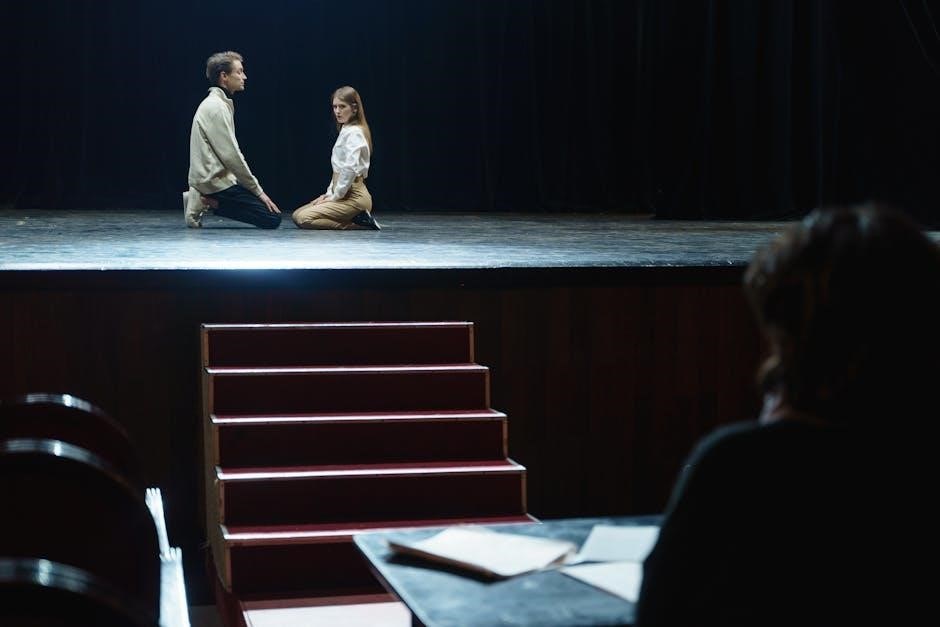
Case Studies and Real-World Applications
Judith Weston’s techniques have been successfully applied in various film projects, enhancing actor performances through focus on subtext and trust-building. Her methods fostered creativity and collaboration, leading to standout results in several productions, showcasing the practical impact of her teachings on director-actor dynamics and overall storytelling.
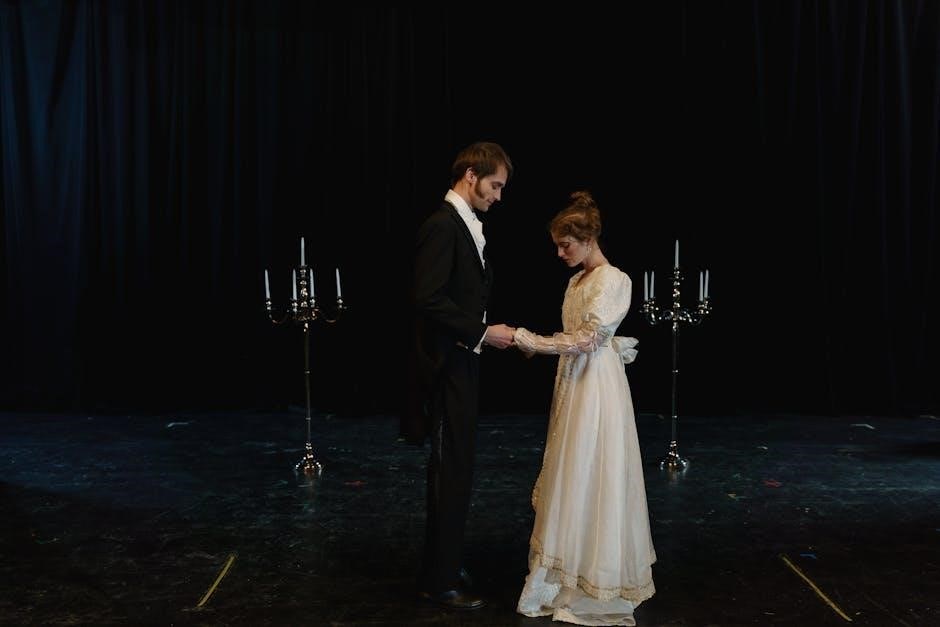
Success Stories from Weston’s Techniques
Judith Weston’s techniques have led to remarkable improvements in actor performances across various films and theater productions. Directors who applied her methods reported deeper emotional authenticity and stronger character development. One notable example is a filmmaker who used Weston’s subtext approach to guide actors, resulting in critically acclaimed performances. Another success story involves a theater group that adopted her trust-building exercises, fostering a collaborative environment that elevated the entire production. Weston’s emphasis on understanding the actor’s perspective has empowered directors to communicate more effectively, leading to standout results. These success stories highlight how her teachings have transformed the actor-director dynamic, creating more meaningful and impactful performances. Her methods continue to inspire filmmakers and theater practitioners worldwide, proving her lasting influence on the craft of directing actors.
How Directors Have Implemented Her Methods
Directors worldwide have embraced Judith Weston’s techniques by integrating her principles into their workflows. Many have adopted her emphasis on subtext, encouraging actors to explore unspoken motivations. Some directors now prioritize trust-building exercises during rehearsals, fostering a collaborative environment. Weston’s approach to active listening has become a cornerstone for many, allowing them to guide actors more effectively. Her method of aligning the director’s vision with the actor’s interpretation has also been widely implemented, leading to more cohesive performances. By focusing on the actor’s perspective, directors have reported improved communication and more nuanced portrayals. These implementations have not only enhanced the quality of performances but also strengthened the overall director-actor relationship, making Weston’s methods indispensable in modern filmmaking and theater practices. Her teachings continue to empower directors to bring out the best in their actors, ensuring impactful storytelling.
Examples of Improved Performances Through Collaboration
Judith Weston’s techniques have led to remarkable improvements in actor performances across various projects. Directors who’ve adopted her methods report deeper character development and authenticity. For instance, in several indie films, actors explored subtext extensively, resulting in more layered portrayals. Weston’s emphasis on trust-building has allowed actors to take creative risks, leading to standout scenes. Her approach to active listening has also enabled directors to provide precise feedback, refining performances. Collaborative rehearsals have fostered a shared vision, ensuring consistency in storytelling. These examples highlight how Weston’s methods enhance both individual and ensemble performances, making her teachings a cornerstone in contemporary directing practices. The outcomes demonstrate that effective collaboration between directors and actors can elevate a production, creating memorable and impactful stories for audiences worldwide.
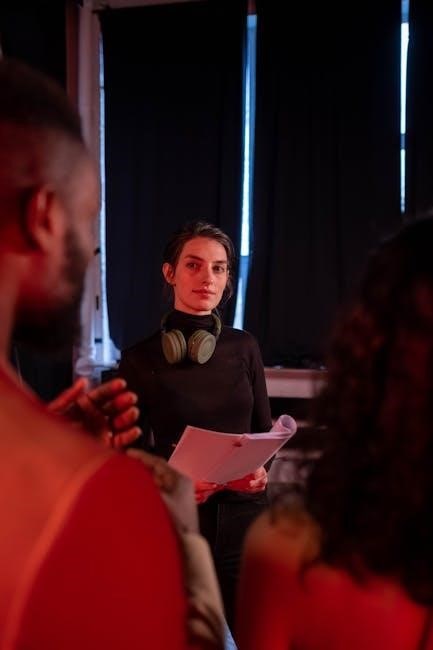
Judith Weston’s teachings emphasize collaboration, trust, and understanding, revolutionizing actor-director dynamics. Her insights remain vital, inspiring filmmakers to foster creative partnerships and achieve profound performances through shared vision and respect.
The Lasting Impact of Judith Weston’s Teachings
Judith Weston’s teachings have profoundly influenced modern filmmaking, emphasizing the importance of collaboration, trust, and understanding between directors and actors. Her work, particularly Directing Actors, has become a cornerstone for filmmakers seeking to unlock authentic performances. By focusing on subtext, emotional depth, and clear communication, Weston’s methods empower directors to create supportive environments where actors thrive. Her techniques have inspired a generation of filmmakers to prioritize the actor-director relationship, leading to more nuanced and impactful storytelling. The availability of her resources, including PDF materials and workshops, ensures her legacy continues to guide aspiring directors and actors. Weston’s approach not only enhances creative partnerships but also elevates the art of storytelling, leaving a lasting impact on the film industry.
Encouragement for Aspiring Directors and Actors
Judith Weston’s teachings offer invaluable encouragement for aspiring directors and actors, emphasizing the importance of collaboration and creative risk-taking. Her insights highlight the need for directors to deeply understand actors’ perspectives and for actors to trust the director’s vision. Weston’s approach encourages newcomers to start small, whether through informal rehearsals or short film projects, to build confidence and skill. Her emphasis on trust, communication, and subtext reminds aspiring artists that meaningful storytelling begins with strong relationships. By embracing her principles, emerging talent can navigate the challenges of filmmaking with clarity and passion. Weston’s work reminds us that growth comes from practice, experimentation, and a commitment to understanding the actor-director dynamic.
Final Thoughts on the Importance of Collaboration
Judith Weston’s teachings underscore the transformative power of collaboration in filmmaking. She emphasizes that the director-actor relationship is the heart of storytelling, requiring mutual respect, trust, and open communication. By fostering a supportive environment, directors can empower actors to take risks and deliver authentic performances. Weston’s approach reminds us that collaboration is not just a method but a mindset, essential for creating meaningful and impactful films. Her insights encourage filmmakers to embrace the collective nature of their craft, ensuring that every voice is heard and valued. Ultimately, Weston’s work inspires directors and actors to collaborate with passion, curiosity, and a shared commitment to storytelling.
